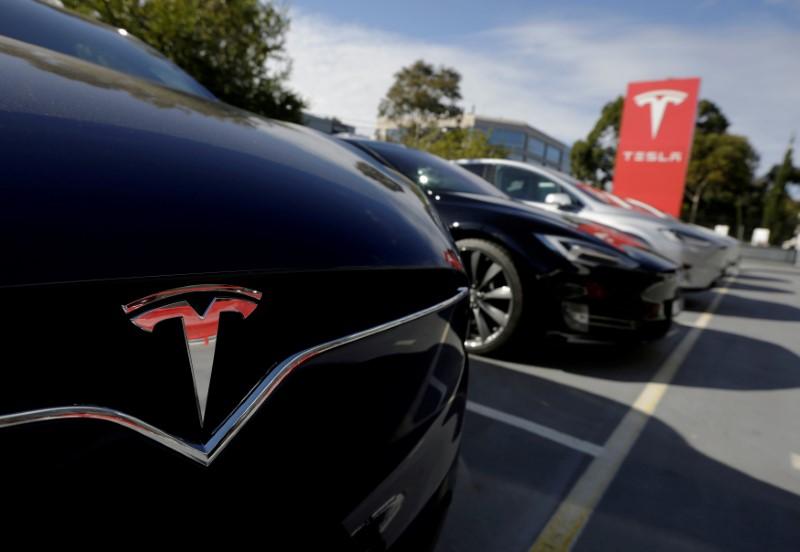Crossing the street in an age of electric vehicles has added risk.
The new transport technology is clean, powerful and quiet – so quiet pedestrians may not hear it at low speeds.

Crossing the street in an age of electric vehicles has added risk.
The new transport technology is clean, powerful and quiet – so quiet pedestrians may not hear it at low speeds.